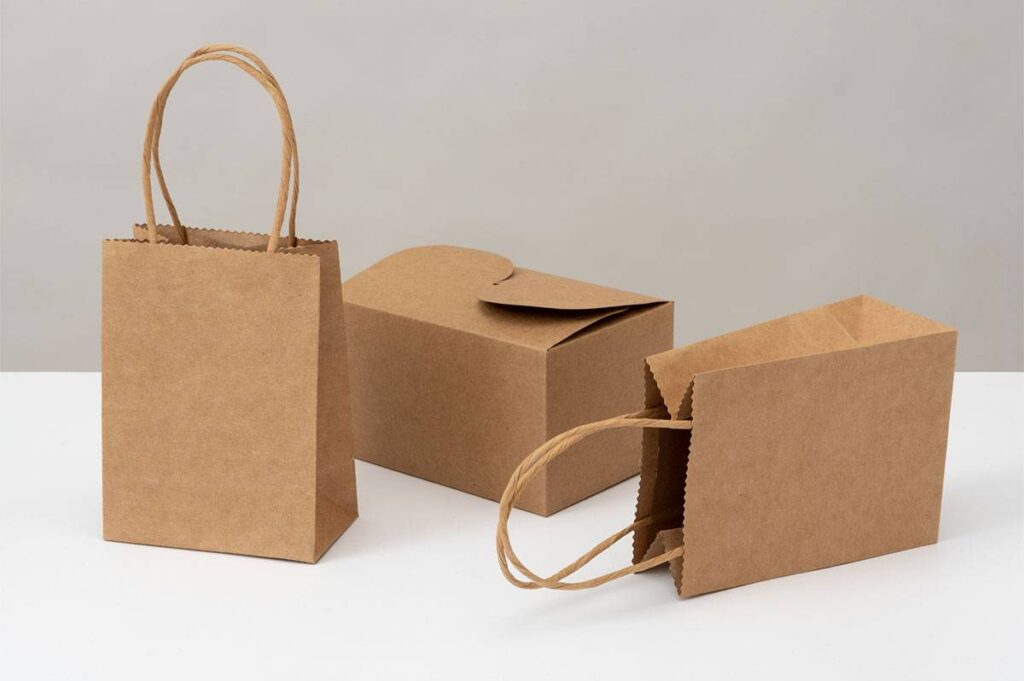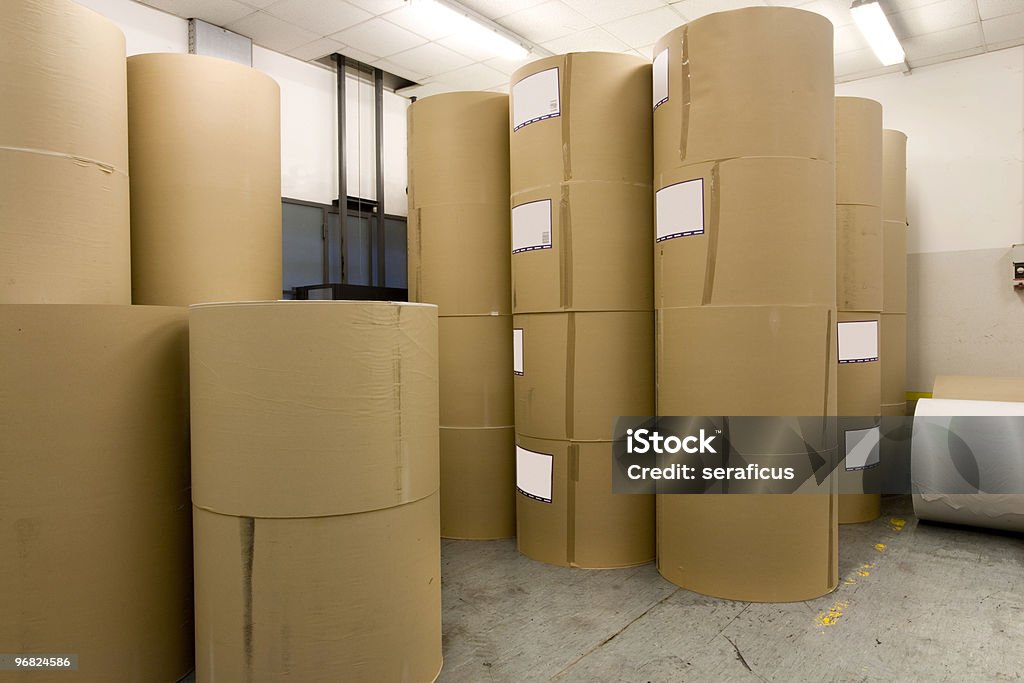Uses of Kraft Paper
Uses of Kraft Paper
The Unsung Hero of Versatility: Exploring the Many Uses of Kraft Paper
In a world increasingly focused on sustainability and understated Uses of Kraft Paper aesthetics, one material consistently stands out: kraft paper. Often seen as just “that brown paper,” its humble appearance belies an incredible range of applications that span from everyday packaging to sophisticated design. Let’s delve into the fascinating and diverse uses of this eco-friendly powerhouse.. Uses of Kraft Paper

What Makes Kraft Paper So Versatile?
Before we dive into its uses, it’s worth understanding what gives kraft paper its unique properties:
- Strength and Durability: The “kraft” in its name literally means “strength” in German. This paper is renowned for its tear resistance and ability to withstand pressure, making it ideal for protecting goods.
- Eco-Friendly Nature: Made from virgin wood pulp or recycled fibers, kraft paper is biodegradable, compostable, and highly recyclable. It’s a champion of sustainable practices.
- Natural Aesthetic: Its inherent brown color (though it can be bleached or colored) offers a rustic, organic, and minimalist appeal that’s highly sought after in modern design.
- Cost-Effectiveness: Compared to many other packaging and crafting materials, kraft paper is relatively inexpensive, offering great value.

What Makes Kraft Paper So Versatile?
Before we explore its applications, it’s worth understanding why Kraft paper is so adaptable. The “Kraft” in its name comes from the German word for “strength,” and that’s its defining characteristic. Produced through the Kraft pulping process, which removes lignin more effectively than other methods, the resulting paper fibers are longer and stronger. This gives Kraft paper:
- High Tear Resistance: It can withstand considerable pulling and tearing forces.
- Durability: It holds up well against wear and tear.
- Recyclability & Biodegradability: Made from wood pulp, it’s a naturally sustainable and environmentally responsible choice.
- Affordability: Its production is relatively cost-effective.
- Printability: It readily accepts inks, making it suitable for branding and labeling.